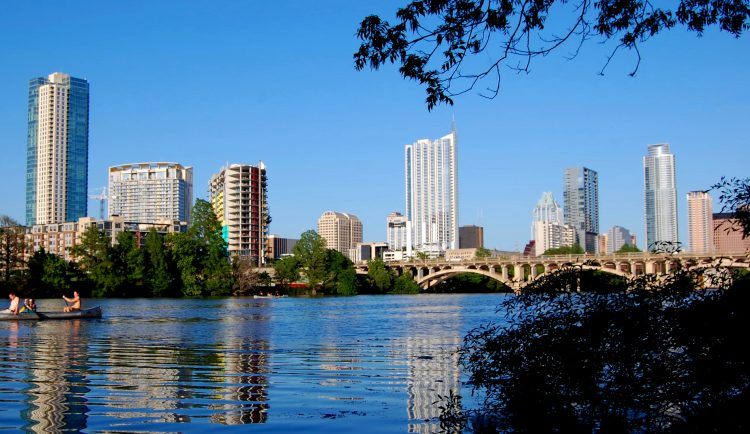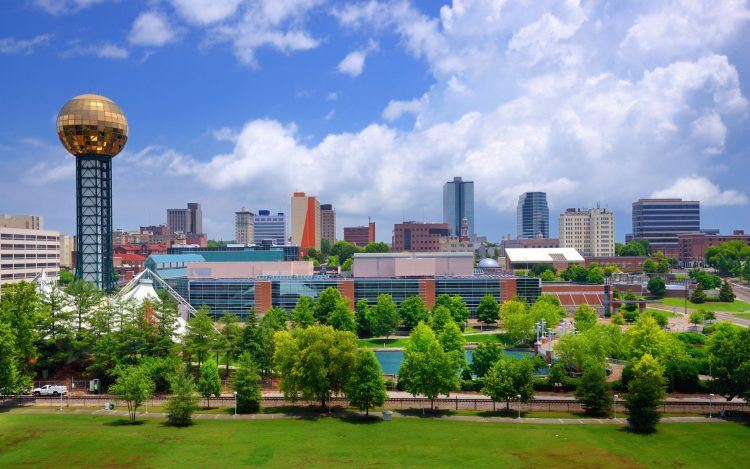
There is reason to believe that some real estate markets in the United States are overvalued, which should come as unwelcome news to those who remember the start of the Great Recession. In part, this is because the U.S. economy is performing well, meaning that more real estate consumers have more money to spend on U.S. housing. However, it should also be noted that other national economies are not faring so well, which has resulted in a flood of foreign investors who are concerned about potential recessions in their home countries. As a result, it should come as no surprise to learn that a lot of the overvalued real estate markets in the United States happen to belong to some of the biggest and most famous cities in the United States.
According to CoreLogic, which is a real estate analytic firm, here are 10 of the most overvalued real estate markets in the United States:
1. CoreLogic claims that Austin, TX is the single most overvalued real estate market in the United States because its home prices are 42.3 percent more than what it considers to be sustainable in the long run based on per capita income in the region. Furthermore, it is important to note that real estate prices in the city rose in 2014 compared to 2013, which suggests that it is a problem that is becoming worse and worse over time.
2. The state of Texas seems like a popular place for real estate consumers, seeing as how Houston, TX is the second most overvalued real estate market in the United States with its home prices at 25.4 percent more than what CoreLogic considers to be sustainable. Unlike Austin, which is situated in Central Texas, Houston is sitting out on the coast, which makes its current situation less surprising than it should be.
3. Charleston, SC is next on CoreLogic’s list with home prices at 23.4 percent more than what it considers to be sustainable. Furthermore, it is worth noting that this is not limited to the city of Charleston, seeing as how the same problem is afflicting the city of North Charleston as well.
4. Given its reputation as well as its beautiful location out on the coast, it should come as no surprise to learn that Miami, FL has landed on this list with home prices at 20.6 percent more than what is sustainable. Even worse, it saw rapid increases of 11.5 percent and 15.6 percent in real estate prices in 2013 and 2014, which are stoking fearful memories of the last crash in the housing market, which hit the city particularly hard.
5. Unsurprisingly, Washington, D.C. is seeing more demand than supply, with the result that its home prices are more than 19 percent higher than what its population can sustain in the long run, which bodes poorly for its prospects in the same time frame.

6. Knoxville, TN has earned a position on this list as well with 14.4 percent. Initially, the rise in its real estate prices was relatively calm and controlled, as shown by a 4.5 percent rise in 2013. However, that situation did not last, which is why people are now monitoring the Knoxville real estate market with a degree of caution.
7. Currently, the home prices in Philadelphia, PA are 14.2 percent higher than what the people of the City of Brotherly Love can manage based on their current earnings. This is interesting, but not particularly noticeable compared to some of the cities that are higher up on this list. However, what is interesting is that Philadelphia saw a 16.7 percent increase in home prices between the start of 2014 and the release of the report in late 2015, meaning that it had the biggest increase during that time period out of all the cities in this list.
8. Dallas, TX reinforces the state of Texas’s presence of this list by being the third of its cities to make this list. Ironically, the reason that home prices in the state of Texas have risen so high is because of booming economies as well as what were once relatively affordable homes, which brought in so many people that demand soon outstripped supply. Currently, the city sits at 14 percent over what is sustainable.
9. As the fourth city from Texas on this list, San Antonio, TX completes the state’s dominance with its home prices sitting at 12.4 percent more than the sustainable rate. It is suffering from this problem for much the same reasons as its counterparts, which is potentially problematic because it means that they tend to move in the same directions more often than real estate markets situated elsewhere in the country.
10. Nashville, TN rounds out this list with 12.3 percent, which is low compared to some of these cities but more than enough to clear the 10 percent needed for a city to be considered overvalued.
Further Considerations
With that said, while overvalued real estate markets are always troubling to not just real estate consumers but also other U.S. residents because of how the real estate market as a whole can influence the rest of the U.S. economy, this should not be seen as too great of a concern at the moment. It is true that U.S. real estate prices are still rising, but the federal government as well as other relevant authorities are monitoring the situation, not least because they are have no desire for a repeat of the Great Recession. As a result, U.S. residents can expect an intervention should things seem like they are starting to move towards a potentially bad direction, which should mitigate the worst of the problems.
However, predicting the future trend of the real estate market is something that not even the best real estate specialists can do with perfect accuracy, meaning that those who are particularly interested in the U.S. real estate market should continue paying attention to the latest happenings. Something that is particularly true if they have a personal stake in home prices as well since being forewarned will prepare them to act in their best interests as soon as possible.


Comments
Loading…